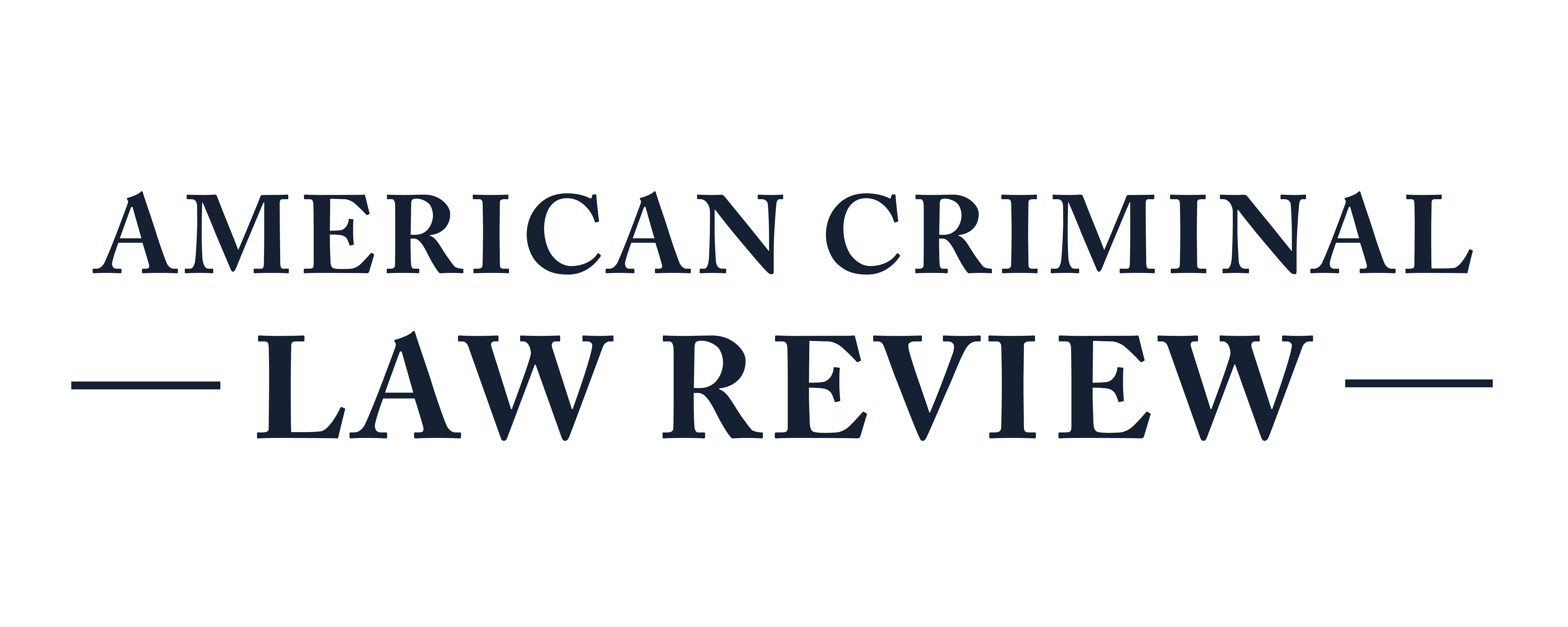How to Make Criminal Trials Disappear without Pretrial Discovery
Part I surveys the prevailing theories for the near-disappearance of trials and defends the twentieth-century rise of broad pretrial discovery as the best explanation and a prerequisite on which other accounts depend. The centrality of discovery presents the puzzle of how criminal litigation matched civil litigation’s capacity for pretrial evidence gathering without matching its pretrial discovery rules.
Part II surveys the developments that provide much of the solution and now enable criminal litigants to often have as full a picture of the evidence without trial as their civil counterparts. Those developments appear in three realms. One is the executive branch’s unique legal authority and institutional capacity to investigate facts before charges are filed and thus before discovery rules apply. Technology has helped make up for the absence of discovery rights by sometimes making evidence available without special legal authority, such as a search warrant or deposition, to gather evidence. The most important sources tend to be now-unexciting forms such as audio-video recordings or phone and transaction records, rather than cutting-edge forensics such as DNA analysis. Finally, reform of the substantive criminal law has adapted to evidence-gathering challenges by redefining offenses in various ways that make them easier to prove, sometimes by tailoring their definition to available forms of evidence.
Part III considers the deficiencies in criminal litigation’s pretrial evidence-gathering regime compared to the civil discovery regime and explains how criminal litigation overcame them. Criminal procedure’s evidence-gathering tools are unevenly distributed; the state has more pretrial investigative capacity both as a matter of law and practicality than defendants do. As a result, pretrial knowledge of available evidence is more asymmetric between parties in criminal litigation than in civil litigation. This asymmetry should pose a barrier to settlement in some cases and keep the criminal trial rate higher than otherwise, perhaps even as high as it remained, fairly steadily, from the 1920s through the 1980s. But there is considerable evidence to suggest that criminal adjudication has compensated for its informational deficiencies through changes, especially in the last quarter-century, in the law and practice of plea bargaining. I survey a range of evidence that suggests criminal litigation’s pretrial evidence-gathering methods are effective enough to generate settlements in roughly 80 to 90% of cases. But to push guilty-plea rates up further—to 97% or more—requires hard-bargaining tactics with severe trial penalties. For several reasons, the prerequisites for such hard bargaining, including prosecutors’ willingness to use them, only became widely available in the 1980s.
The final Part, Part IV, notes some of the implications of this contemporary model of criminal adjudication—most importantly the reduction in adversarial scrutiny of evidence that civil litigation—that has replicated in the pretrial process much more successfully than criminal litigation.
Subscribe to ACLR
